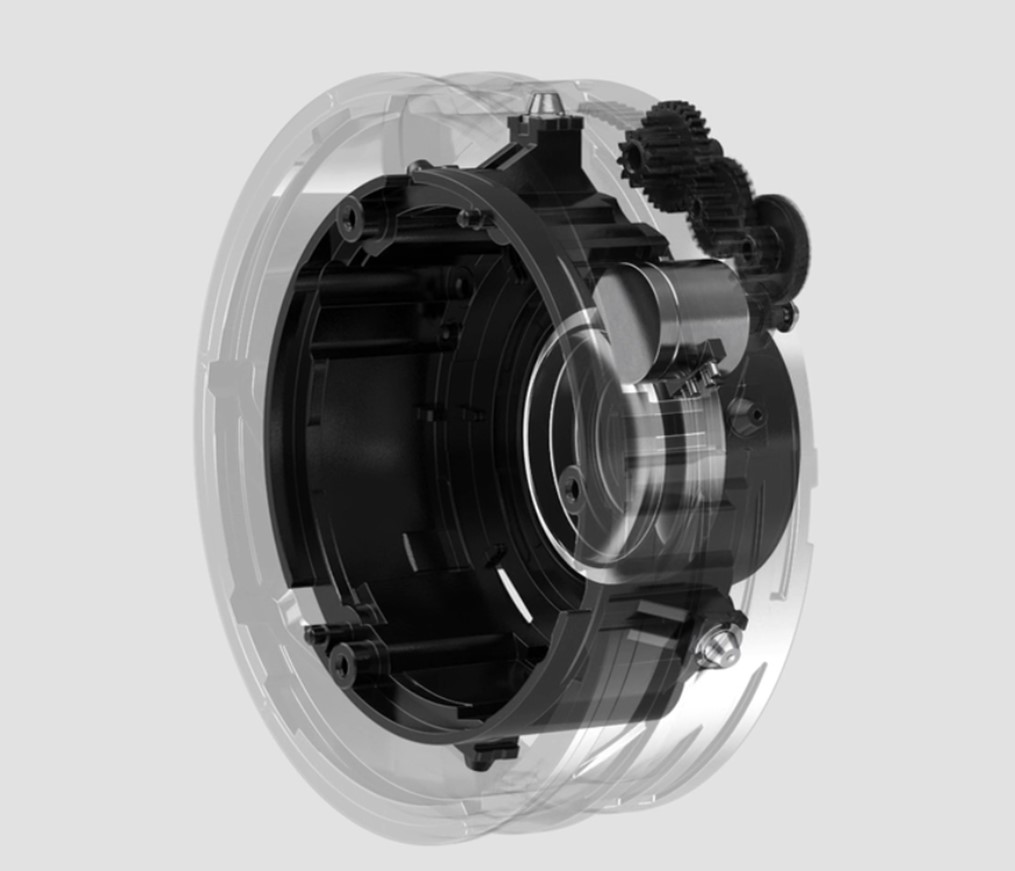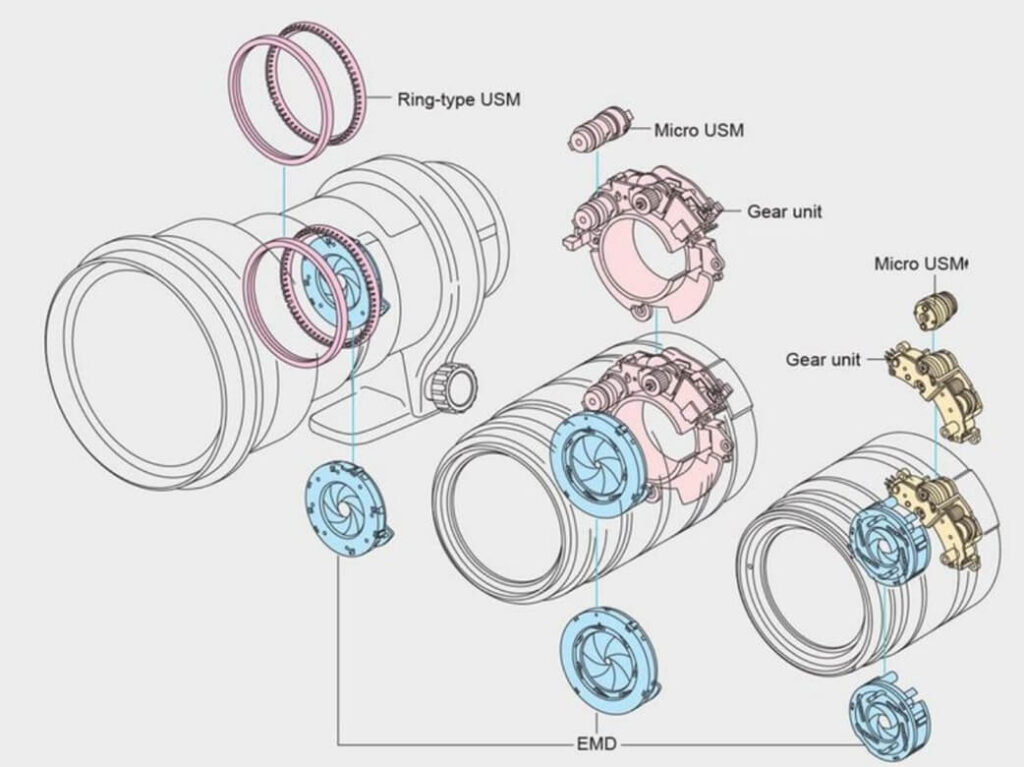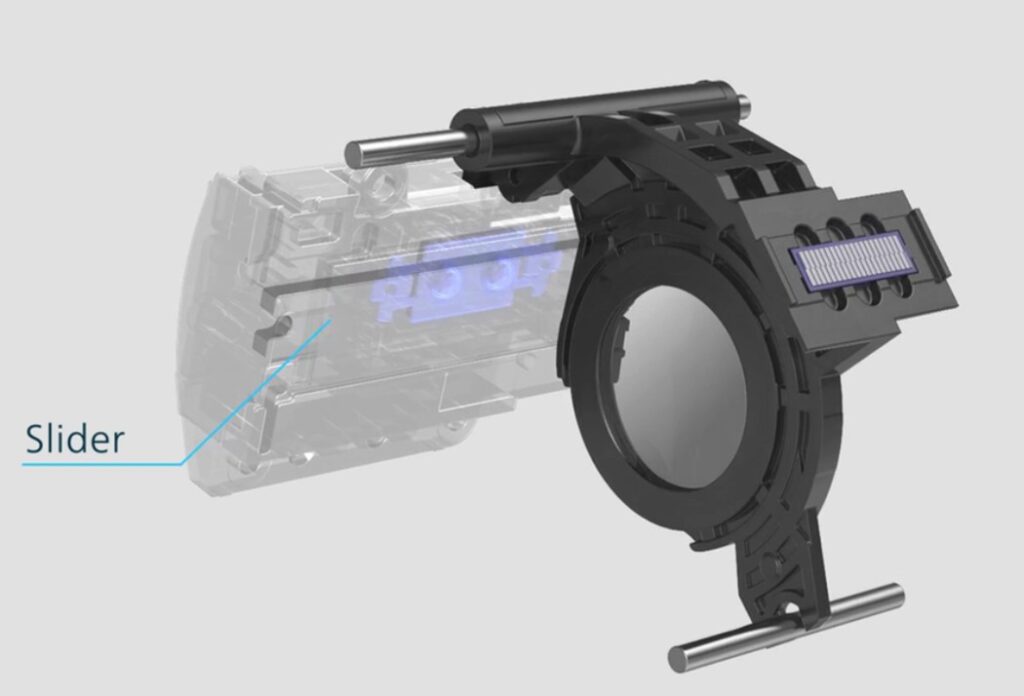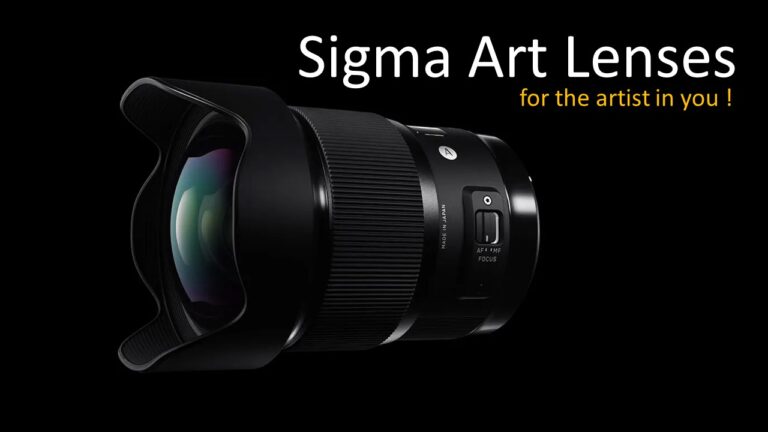Canon STM vs USM is a comparison of two different technologies that are used in autofocus lenses.
Since 1987, when Canon was the first to integrate a focusing motor within the lens, multiple motors have emerged that are used to capture and maintain focus for fast-moving objects. All while maintaining control over focus accuracy, smoothness, and quietness.
There are three types of focusing motors in Canon lenses. These are STM, USM and a more conventional DC motor. Let’s look at the differences between these motors so you can understand which one you should select as per your needs.
Sigma art series lenses are also a very popular choice amongst photographers which have similar focusing technology.
STM Focusing technology
When you see the name of a modern canon lens you see a lot of abbreviations. One of them is generally related to focusing technology . STM is a new technology that Canon has introduced recently.
What does STM Mean On A Canon Lens?
STM is named after the type of motor used to move the lens elements and adjust the focus i.e STepper Motor. Stepper motor allows the les to focus smoothly and quietly at the same time. Smooth and quiet focusing is essential for any good lens and especially crucial for shooting video.
Some of the focusing motors and other parts of the mechanism make significant amount of internal noise while focusing. This can be very distracting and can get captured in the audio signal during a video shoot. This can make your video sound really bad.
Canon’s STM technology provides a range of extremely quiet lenses that are still fast enough to capture photos in most scenarios.
Gear type STM
Compact lenses use gear type STM technology. This design is extremely compact while still maintains the main advantages of STM technology i.e Quiet autofocusing and Smoothness.
Gear type STM lenses use a set of helical gears generally made up of durable plastic to move the les elements.

The gears are preciously manufactured and offer extremely small incremental movement of the lens to have accurate and smooth focus.
Lead screw type STM
Larger lenses which need more length in terms lens movement to autofocus use lead screw type STM. The stepper motor rotates a preciously machined lead screw which in turn moves the focusing part of the lens.

Lead screw type STM lenses offer even quieter and smoother autofocusing compared to gear type STM lenses.
Advantages of Canon STM lenses
There are two main advantages of STM lenses. One , they autofocus quietly and second they do it smoothly. Both these features are more suited towards videographers.
They also tend to hunt less while focusing compared to USM lenses. Due to the stepper motor technology they focus in small increments and that helps to avoid focus hunting.
Another advantage of STM lenses is that they tend to be cheaper compared to USM technology.
The lens offers acceptable performance in terms of speed but lacks compared to the more fast USM technology.
Disadvantages of Canon STM lenses
There is only one disadvantage of STM lenses. They are slower to focus compared to the USM lenses.
Though slower than USM it is still fast enough for most photography work and is certainly faster than the standard DC motor autofocus.
USM Focusing technology
Canon USM lenses have been around for many years and there have been many advancements that have happened to this technology over the last few years.
The USM (Ultrasonic Motor) is the most common type of AF motor used in Canon EF lens so far. All USM motors have in common the fact that they convert ultrasonic vibration energy into rotational force to move the lens.

This is currently the quickest focusing motor in Canon’s lineup, yet it allows you to manually fine-tune the focus while remaining in Autofocus mode on your lens.
There are three type of USM lenses , lets take a quick look at all these three types.
The Ring type USM
The ring-type USM is common in Canon’s professional lenses, providing excellent control and fast speed and accuracy. The USM motor is powerful enough to drive heavy lens groups in big telephoto lenses without any issues , while maintaining the focusing speed.
The Ring-type USM motor is not as silent as the STM motors, but they are still extremely quiet for the performance they deliver.

The rotor spins continuously as a result of vibrations produced by an A/C current with a resonant frequency of around 30,000Hz being applied to the stator.
The name USM motors originated from the fact that 30,000Hz is in the ultrasonic range.
Micro USM
While the Ring-type USM is meant to fit in a lens’s circular barrel, another type of USM, the Micro USM motor, was designed to fit in a variety of lenses without being restricted by the lens barrel size. A micro USM motor has a rotor, stator, and drive gear that are all integrated into one unit
Nano USM
Nano USM is a new type of focusing system. It combines the speed and quietness of Ring-type USM with the smoothness and quietness of STM. This type of motor is best for capturing fast action and movies that you want to be smooth. This was released by Canon in early 2016.

Inside the Nano USM unit are an elastic metal body, ceramic voltage element, and drive unit. Voltage is applied to the ceramic element which controls how fast the drive unit goes. The result is a focus system that is smooth with lots of speed control.
Advantages of Canon USM lenses
Canon USM lenses are known for their speed and accuracy of autofocus. This is the main advantage for all USM type lenses. They are popular for bird photography and wildlife photography.
Ring and Micro USM have been around for some time now and are very popular among professional photographers for fast action and wild life photography.
The new Nano USM further adds to the list of advantages by providing quiet and smooth autofocus similar to the one provided by STM technology.
Disadvantages of Canon USM lenses
The main disadvantage of canon USM autofocus technology is that its not quiet and the noise can be picked up easily by the camera microphone while recording video. This makes it les suitable for video work.
This can be solved by using external mic connected to the mic in port on the camera.
Focus hunting is also a major disadvantage for USM type autofocusing lenses. The focus being so fast can hunt between extremes very quickly before settling into the final focus. This happens with tricky subjects or scenes where you have a foreground object close to the lens and then bulk of the scene far away from it.
Higher cost is also a disadvantage. Compared to standard DC motors or STM lenses , USM lenses tend to be far more expensive.
Examples of USM Canon Lenses
Canon EF 35mm f/1.4L USM
Canon EF 35mm f/2 IS USM
Canon EF 16-35mm f/4L IS USM
Canon EF 85mm f/1.8 USM
Canon EF 17-40mm f/4L USM
Canon EF 24–105mm f/4L IS II USM
Canon EF 70-200mm f/4L IS II USM
Canon USM Vs STM
Here is a consolidated comparison of canon USM vs STM lenses.
| STM | USM | |
| Focussing Speed | Faster than standard DC motors but not as fast as USM. Good enough for standard photography work but may struggle for fast action or wildlife photography. | Very fast focussing lenses. Faster than bot standard DC and STM. Most suitable for fast action sports or wildlife photography. |
| Focus Accuracy | Good accuracy , better than standard DC. | High accuracy in most cases. In some typical situations may tend to hunt for focus. |
| Quietness | Very quiet. Best amongst Canon lineup. | Not so quiet , especially ring type USM and Micro USM can be noisy. Nano USM however is almost as quiet as STM. |
| Smoothness | Smooth autofocus. The focussing is controlled with small intervals of movement and hence very smooth. | Not so smooth. Van hunt back and forth before settling onto focus. Thoogh this happens very fast. |
| Suitability for photographers | Adequate for most regular photography work. Not suitable for fast action and wild life. | Suitable for all kinds of photography work including fast actoin and wild life. |
| Suitability for videographers | Suitable for videographers due to quiet and smooth autofocus. | Not so suitable , however can be adopted with some work |
| Lesn Examples | Canon 50mm F1.8 STM | EF 100-400mm f/4.5-5.6L IS II USM , EF-S 18-135mm f/3.5-5.6 IS USM |
Canon USM Vs STM for video ?
The answer is simple , Canon STM lenses are certainly more suitable for video work. STM is quiet and smooth to focus. Bothe these things matter for videographers.
However the catch is most of the popular and high quality lenses come with USM focusing technology. USM has been around for so many years that there are a lot of lenses that people already have which are based on USM technology and are still being used widely for video work.
Summary : Canon USM vs STM
Autofocus technologies are getting developed faster and faster. USM has been the leading autofocus technology for Canon and has been used in most of the professional lenses. Its fast and accurate , however lacks the quiet operation and smoothness required for video work.
STM lenses exactly fill up this void and offer excellent option for videographers with smooth and quiet autofocus.
Nano USM is best combination of all. With fast and accurate focus inherited from USM technology combined with Nano movements giving the quiet and smooth operation.



